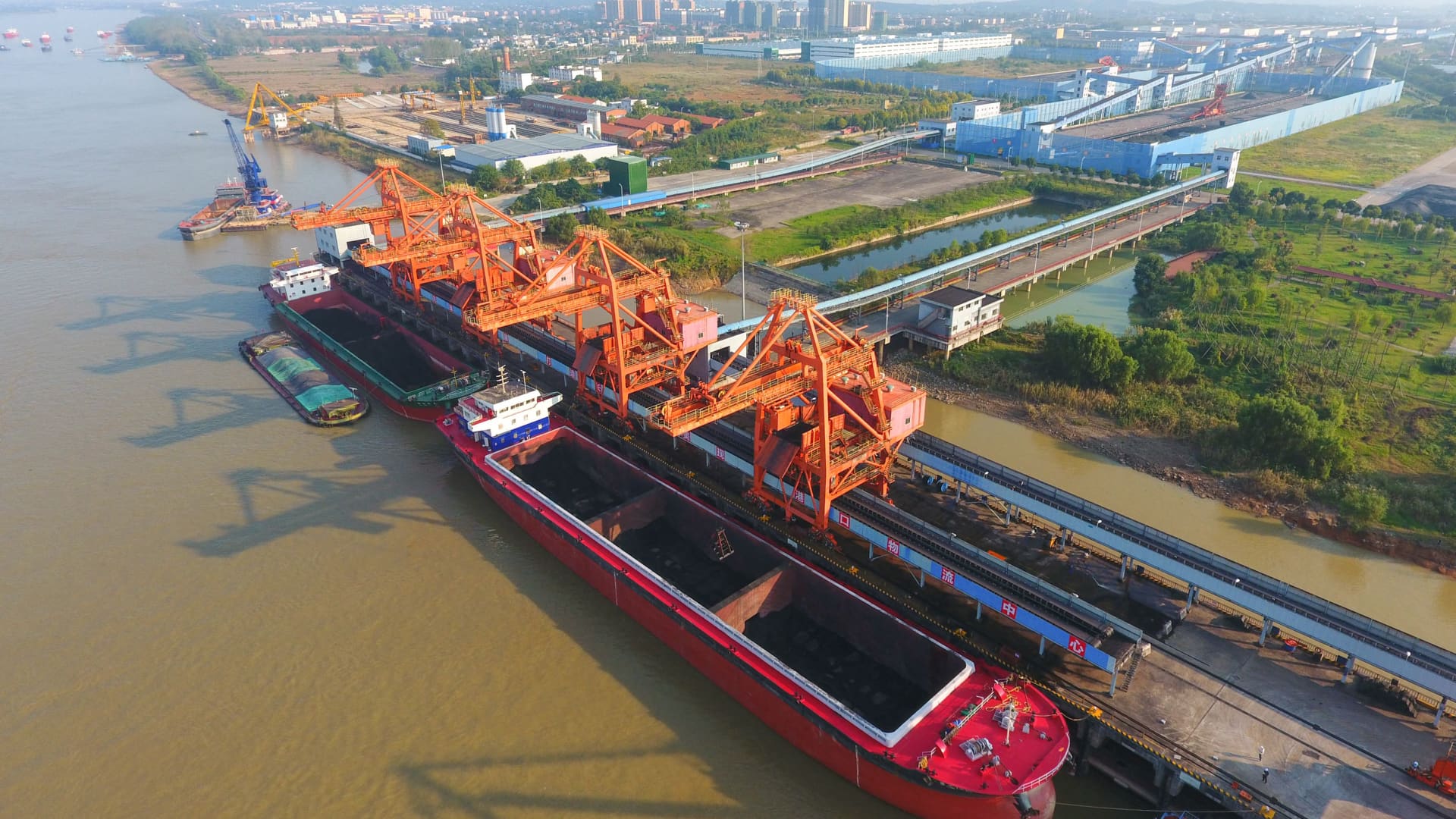COP28 — The End Of The 1.5°C Fantasy

Sign up for daily news updates from CleanTechnica on email. Or follow us on Google News!
In Paris at the end of 2015, the world rejoiced when the national representatives from around the planet agreed to try really, really hard to keep average global temperatures from increasing more than 1.5°C above pre-industrial levels. Of course, in the 1800s when the Industrial Revolution began, the amount of carbon dioxide in the atmosphere was around 300 parts per million. In 2015, carbon dioxide levels were on the verge of breaking the 400 ppm barrier. Today, with COP28 now in the rear view mirror, the world is experiencing carbon dioxide levels of 420 ppm.
In order for all the happy talk in 2015 to mean anything, CO2 levels should have been declining since then. The fact that they have risen instead means the promise of the Paris climate accords was a mirage. Pessimists at the time suggested the good news was an illusion and history, unfortunately, has proven those “the glass is half empty” types correct.
There was much celebrating in Dubai when the final communique from COP28 contained an historic phrase that proclaimed for the first time ever that the nations of the world should focus on “transitioning away from fossil fuels in energy systems, in a just, orderly and equitable manner.” That is the first time in 28 tries that the words “fossil fuels” have been included in such a statement, which is pretty astonishing when you realize these annual events are about global warming. It has taken 28 years and millions of written and spoken words to acknowledge that fossil fuels are the problem. A young activist from India may have helped as well.

Sultan Al Jaber is being celebrated for getting those words into the final document after they were omitted from a prior draft and for standing up to his oil-soaked colleagues who felt betrayed by that language. But David Wallace-Wells, a science and climate writer for the New York Times, is not one of those who is cheering. In fact, he says what the world got from COP28 was more like an endorsement of the status quo that reflects the ongoing state of play rather than accelerating it.
Global sales of internal combustion engine vehicles peaked in 2017, he writes, and investment in renewable energy has exceeded investment in fossil fuel infrastructure for several years running. In 2022, 83 percent of new global energy capacity was green.
“The question isn’t about whether there will be a transition, but how fast, global and thorough it will be. The answer is: not fast or global or thorough enough yet, at least on the current trajectories, which COP28 effectively affirmed. To limit warming to 1.5 degrees Celsius now requires entirely eliminating emissions not long after 2040, according to the Global Carbon Project, whose ‘carbon budget’ for 1.5 degrees Celsius will be exhausted in about five years of current levels of emissions. For 1.7 degrees Celsius, it’s just after 2050, and for 2 degrees Celsius, 2080. And despite Al Jaber’s claim that COP28 has kept the 1.5 degree goal alive, hardly anyone believes it’s still plausible.”
In fact, Wallace-Wells writes, most analysts predict a global peak in fossil fuel emissions at some point over the next decade, followed not by a decline but a long plateau — meaning that in every year for the foreseeable future, we would be doing roughly as much damage to the future of the planet’s climate as was done in recent years. The expected result will be that by the end of this century, average global temperatures will have risen by 2 to 3 degrees Celsius above pre-industrial levels.
“Not so long ago, this was a future that terrified us, but now we are not just coming to accept that future and, in some corners, applauding it as progress. Over the last several years, as decarbonization has made worst case scenarios seem much less likely, a wave of climate alarmism has given way somewhat to a new mix of accommodation and optimism.”
Imagining 3°C At COP28
At COP28, Bill Gates described anything below 3 degrees as a “fortunate” outcome. A few months earlier, former President Barack Obama struck a similar note in describing how he’d tried to talk his daughter Malia off the edge of climate despair by emphasizing what could still be saved rather than what had been lost already through global inaction. “We may not be able to cap temperature rise to 2 degrees Celsius, but here’s the thing, if we work really hard, we may be able to cap it at two and a half.” Scottish data scientist Hannah Ritchie gives a shot of optimism to those caught in a panic about warming and environmental degradation in a new book called “Not the End of the World.”
Wallace-Wells tries to remain guardedly optimistic but believes COP28 will be remembered as the moment the world finally gave up on the goal of limiting warming to degrees and encourages his readers to think what passing that threshold will mean.
“Global warming doesn’t proceed in large jumps, for the most part, and surpassing 1.5 degrees does not bring us immediately or inevitably to 2 degrees. But we know quite a lot about the difference between those two worlds — the one we had once hoped to achieve and the one that now looks much more likely. Indeed, in the recent past, a clear understanding of those differences was responsible for a period of intense and global climate alarm.”
The Intergovernmental Panel on Climate Change “Special Report on Global Warming of 1.5 Degrees Celsius,” published in 2018, collated all the scientific literature about the two warming levels. Between 1.5 and 2 degrees C, it estimated more than 150 million people will die prematurely from the air pollution produced by the burning of fossil fuels. Flooding events that used to arrive once a century will become annual events.
Most scientists believe that amount of warming would be a death sentence for the world’s coral reefs. And many believe that, in that range, the planet will lock in the permanent loss of many of its ice sheets, which could bring, over centuries, enough sea level rise to redraw the world’s coastlines.
If warming grows beyond those levels, so will its impacts. At 3 degrees, for instance, New York City could be hit by three 100 year flooding events each year and more than 50 times as many people in African cities would experience conditions of dangerous heat. Wildfires would burn twice as much land globally and the Amazon would cease to be a rain forest but become a grassland. Potentially lethal heat stress, almost unheard of at 1.5 degrees, would become routine for billions at 2 degrees, according to one recent study, and above 3 degrees would impact places like the American Midwest.
“In some ways, these projections may sound like old news, but as we find ourselves now adjusting to the possibility of a future shaped by temperature rise of that kind, it may be clarifying to recall that, almost certainly, when you first heard those projections, you were horrified. The era of climate reckoning has also been, to some degree, a period of normalization, and while there are surely reasons to move past apocalyptic politics toward something more pragmatic, one cost is a loss of perspective at negotiated, technocratic events like [COP28]”
Was 1.5°C Just An Attractive Fantasy?
Perhaps it was always somewhat fanciful to believe that it was possible to limit warming to 1.5 degrees Celsius. Wallace-Wells suggests. As Bill McKibben said recently, simply stating the goal did a lot to shape action in the years that followed the Paris climate accords by demanding we all look squarely at what the science told us about what it would mean to fail.
The Dubai consensus that renewable energy should triple by 2030 is one sign that, in some areas, impressive change is possible. “But for all of our temperature goals, the timelines are growing shorter and shorter, bringing the world closer and closer to futures that looked so fearsome to so many not very long ago,” Wallace -Wells cautions.
The Takeaway
We must not allow broiling temperatures, more powerful storms, more frequent wildfires, and the disappearance of rain forests to become the new normal. We need to keep the vision that emerged in Paris in 2015 alive and intact, even if it was largely a fantasy. We need to keep the pressure on governments and fossil fuel companies to sharply reduce their carbon emissions by honoring the spirit as well as the letter of closing statement from COP28.
The struggle is far from over. Every tenth of a degree of increase in average global temperatures prevented will avoid untold suffering for millions of humans.
There is another consideration here. Much of the turn toward extreme right wing governments around the world from the United States to the Netherlands, Italy, New Zealand, and the UK is directly connected to a desire to keep black and brown people from becoming unwelcome immigrants. It is in the selfish best interest of wealthy nations to control climate related migration by controlling global temperature increases. If we think climate migration is rampant now, we ain’t seen nothing yet.
Have a tip for CleanTechnica? Want to advertise? Want to suggest a guest for our CleanTech Talk podcast? Contact us here.
Our Latest EVObsession Video
I don’t like paywalls. You don’t like paywalls. Who likes paywalls? Here at CleanTechnica, we implemented a limited paywall for a while, but it always felt wrong — and it was always tough to decide what we should put behind there. In theory, your most exclusive and best content goes behind a paywall. But then fewer people read it!! So, we’ve decided to completely nix paywalls here at CleanTechnica. But…
Thank you!
CleanTechnica uses affiliate links. See our policy here.
This post has been syndicated from a third-party source. View the original article here.




